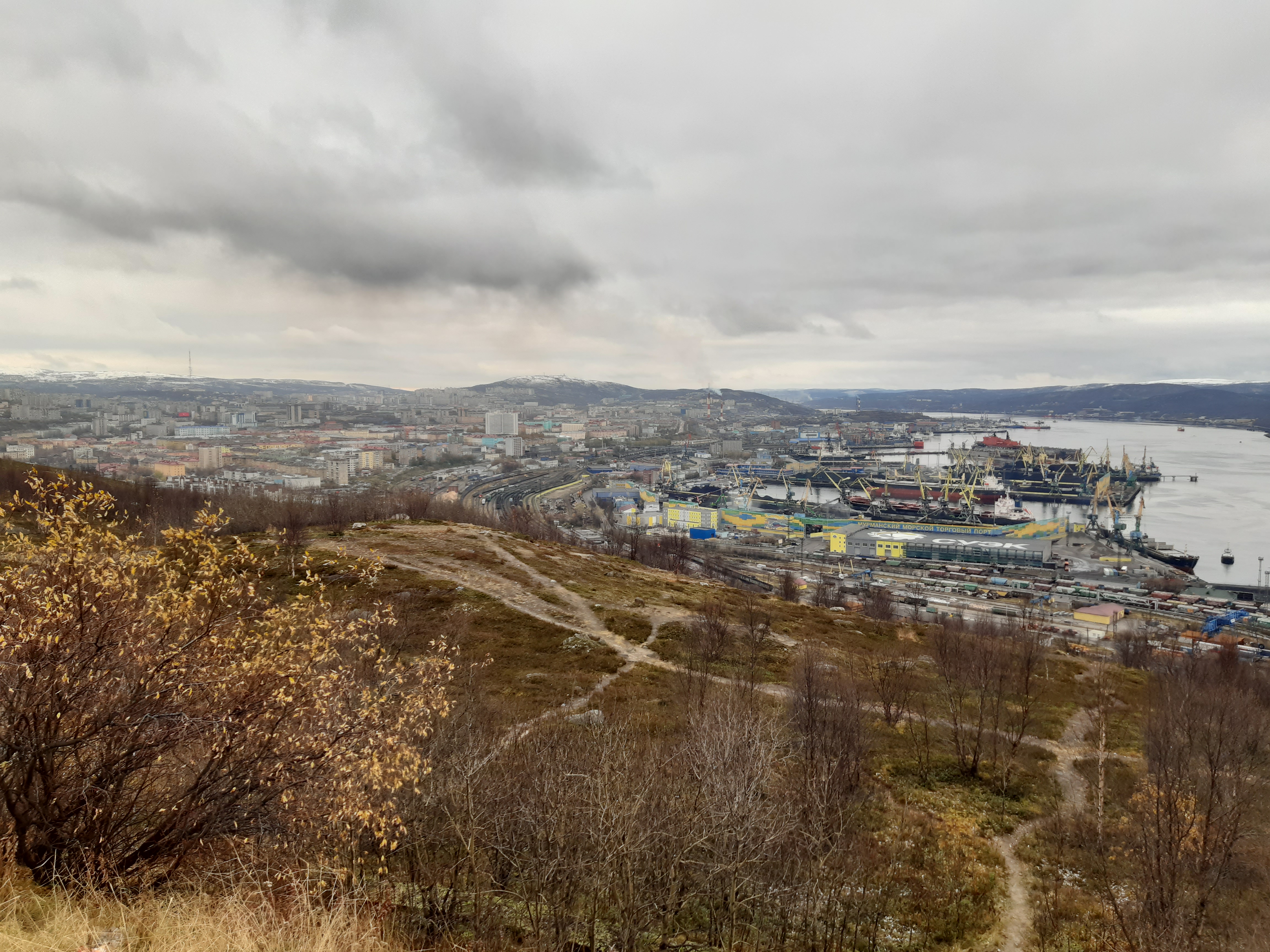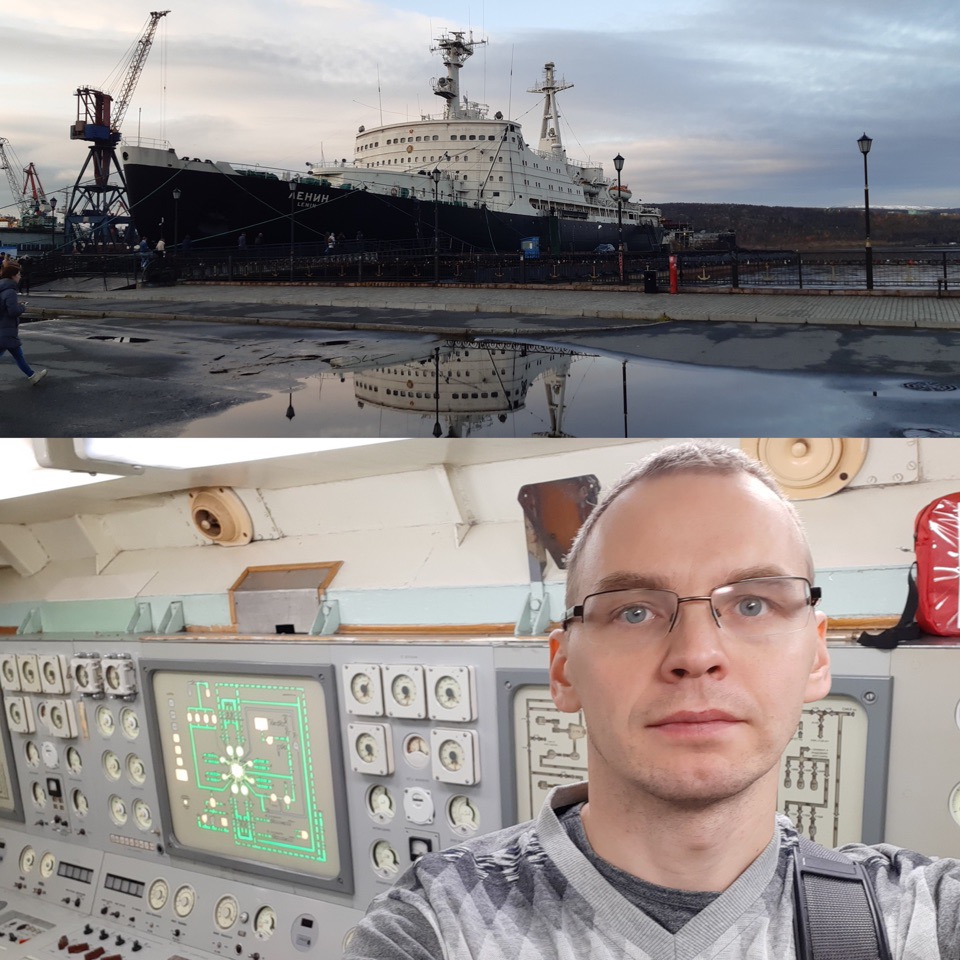Dmitry Yagodin participated in the Arctic Youth Media School that took place in Murmansk, Russia (October 14-18, 2019). During one week, journalism students, media professionals and experts discussed the future meanings of the Arctic media agenda. About half of the participants came from Russia and the rest represented Belarus, Estonia, Germany, Finland and Norway. Why is the arctic region so attractive for media agenda in Russia and elsewhere? What will and can Russia or indeed other circumpolar nations do in the Arctic in terms of media coverage, topics and images? The school participants discussed these questions in relation to traditional media reporting and other forms of content production, including videoblogging, place branding, PR and public diplomacy.


The venue spoke on its own. Murmansk is an important hub for sea shipping in the Arctic and a home base to Russia’s unique nuclear icebreaker fleet (Atomflot). General director of Atomflot Mustafa Kashka welcomed the participants on board of the first nuclear icebreaker Lenin, currently a museum. The program also included a visit to Vaygach, a nuclear icebreaker that is still operational.
Contrary to the scientific consensus regarding climate crisis and melting of the Arctic sea ice, Mustafa Kashka believes nuclear icebreakers will be always in demand. Summary of his opinion informally translated to English goes as follows:
“Often when people talk about the Arctic development and shipment they say it is warming and there is less and less ice. I am very skeptical about that, because the Arctic region and climate have circles and secondly they forget that we came with new technologies. When Cheluskin got stuck in the ice [in 1934], it had 3000 horse powers, Margerie [a modern LNG tanker Christophe de Margerie] has 60 000 horse powers.”
Read more about the School in Russian here.
